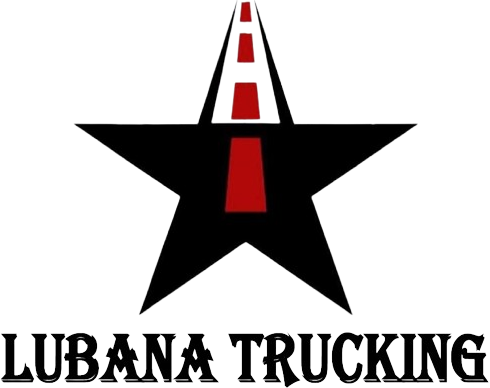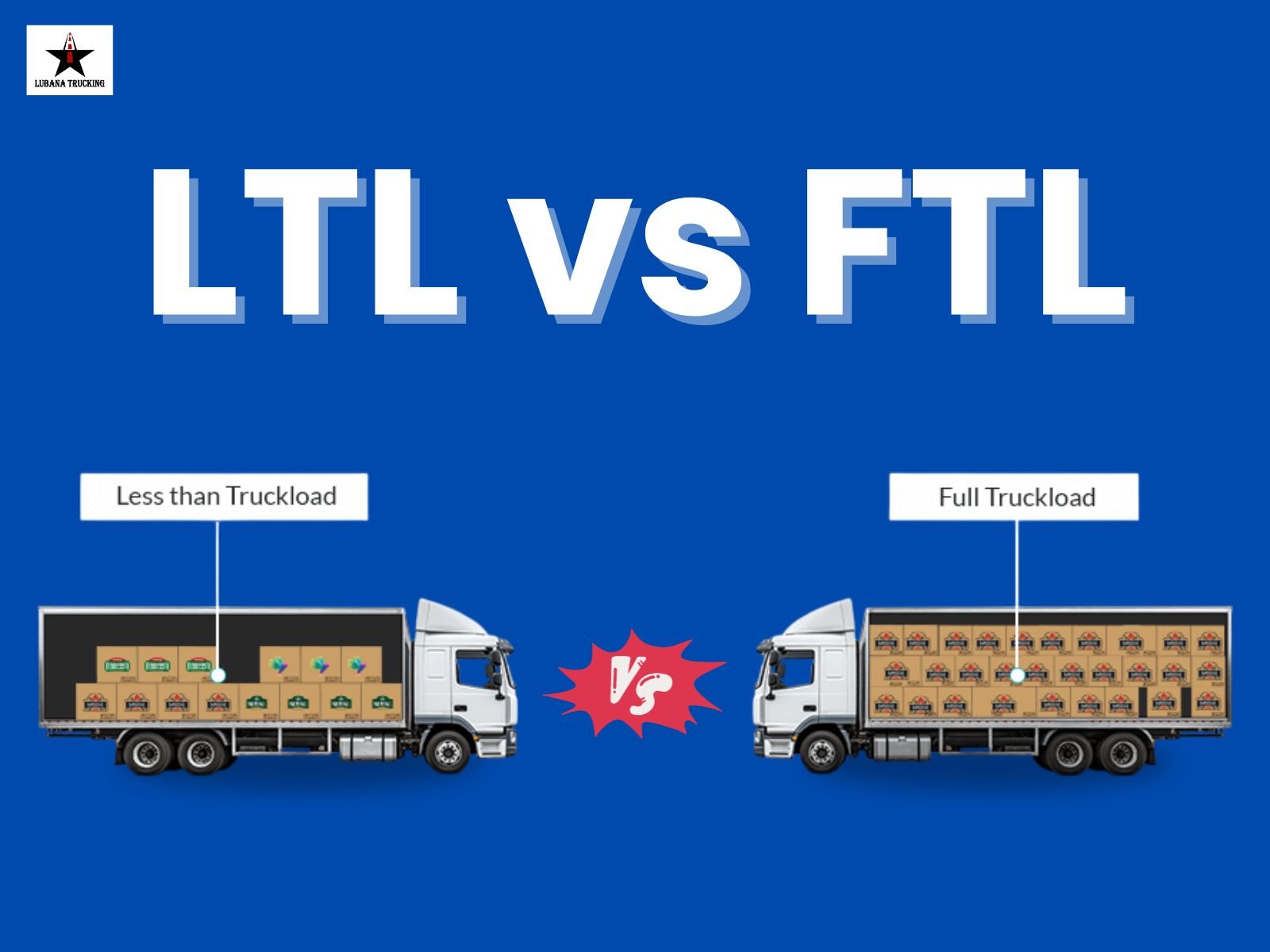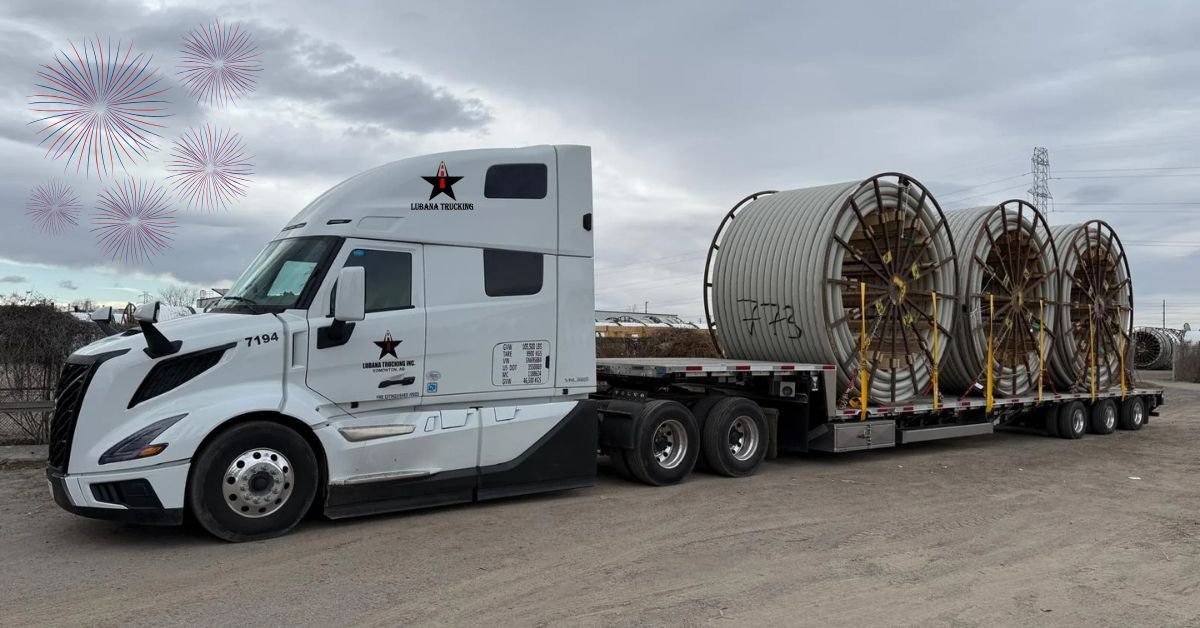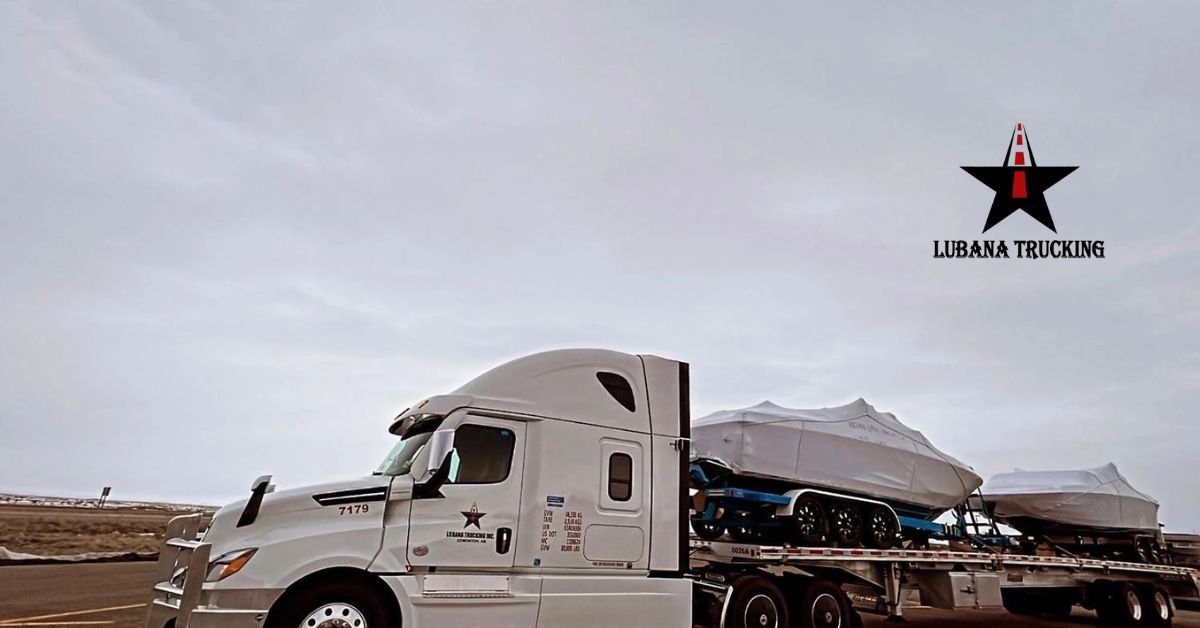When it comes to shipping goods, businesses often face the choice between Less Than Truckload (LTL) and Full Truckload (FTL) freight shipping. Both methods serve different purposes, depending on the type, size, and urgency of your shipment. Choosing the right option can save costs, improve delivery efficiency, and ensure your cargo arrives safely. This blog will break down what LTL and FTL mean, their advantages and disadvantages, and when to use each method.
What is LTL (Less Than Truckload)?
LTL (Less Than Truckload) is a shipping method used when a business doesn’t have enough goods to fill an entire truck. In this case, shipments from multiple businesses are combined into one truckload. Each company pays for the space their shipment occupies, rather than the full truck.
For example, if your goods only take up 10% of the truck space, you only pay for that portion. This makes LTL a cost-effective choice for small to medium shipments.
Advantages of LTL
- Cost Savings – Since you only pay for the space you use, LTL is much more affordable for smaller shipments.
- Flexibility – Ideal for businesses that frequently ship smaller loads.
- Eco-Friendly – Consolidating shipments reduces the number of trucks on the road, lowering carbon emissions.
- Accessibility – Many carriers offer LTL services, making it widely available.
Disadvantages of LTL
- Longer Transit Times – Because the truck makes multiple stops to pick up and deliver goods, LTL shipments usually take longer.
- Higher Risk of Damage – Goods are often handled multiple times during transfers, increasing the chance of damage.
- Limited Control – Businesses may not have much control over the exact route or delivery schedule.
When to Use LTL
- Your shipment is small (1–6 pallets).
- Cost savings are more important than speed.
- You ship goods regularly but in smaller quantities.
- You want an affordable option for non-urgent deliveries.
What is FTL (Full Truckload)?
FTL (Full Truckload) is a shipping method where one company books the entire truck for its cargo. Even if the truck is not completely full, it is dedicated only to that business. FTL is typically used for large shipments, fragile goods, or time-sensitive deliveries.
Advantages of FTL
- Faster Shipping – Since the truck goes directly from the pickup point to the delivery location, transit times are much shorter.
- Reduced Handling – Cargo is loaded once and delivered directly, minimizing the risk of damage.
- More Control – Businesses have greater control over the route, schedule, and truck capacity.
- Ideal for Large Loads – Cost-effective for companies that have enough freight to fill most of a truck.
Disadvantages of FTL
- Higher Cost – Renting the entire truck can be expensive, especially for smaller shipments.
- Less Flexible – Not suitable for businesses that only need to ship small or occasional loads.
- Empty Space Costs – If you can’t fill the truck, you still pay for the unused space.
When to Use FTL
- Your shipment is large (more than 6 pallets) or very heavy.
- Speed and direct delivery are top priorities.
- You’re shipping fragile, high-value, or sensitive goods.
- You want more control over delivery times and schedules.
Difference Between LTL and FTL
| Feature | LTL (Less Than Truckload) | FTL (Full Truckload) |
|---|---|---|
| Shipment Size | Small (1–6 pallets) | Large (6+ pallets or full truck) |
| Cost | Pay for the space you use | Pay for the entire truck |
| Transit Time | Slower (multiple stops & transfers) | Faster (direct delivery) |
| Handling | Multiple handling, higher risk of damage | Minimal handling, safer for goods |
| Best For | Small businesses, non-urgent deliveries | Large shipments, urgent or fragile cargo |
| Flexibility | More cost-effective for smaller shipments | Better control over route & schedule |
You Can Also Read: How Freight Brokers in Houston Texas Help Your Business Grow
Conclusion
Choosing between LTL vs FTL depends on your shipment size, urgency, and budget. LTL is the best choice for smaller, cost-conscious shipments where speed is not critical. On the other hand, FTL is ideal for large loads, sensitive goods, or time-sensitive deliveries.
By understanding the key differences, businesses can make smarter decisions and optimize their freight shipping strategies. Whether you ship small batches or full truckloads, selecting the right method ensures your goods reach their destination safely, efficiently, and cost-effectively.
Frequently Asked Questions
1. What does LTL mean in shipping?
Ans: LTL stands for Less Than Truckload. It refers to shipping smaller loads that don’t require a full truck. Multiple shipments from different businesses are combined in one truck, and you pay only for the space your goods occupy.
2. What does FTL mean in shipping?
Ans: FTL stands for Full Truckload. This shipping method reserves an entire truck for a single shipment, making it ideal for large loads, fragile goods, or time-sensitive deliveries.
3. Which is cheaper, LTL or FTL?
Ans: LTL is generally cheaper for smaller shipments because you only pay for the space used. FTL can be more cost-effective for large shipments that fill most of the truck.
4. When should I choose LTL over FTL?
Ans: Choose LTL when your shipment is small (1–6 pallets), cost is a priority, and delivery time is not urgent. It’s perfect for regular, smaller shipments.
5. When should I choose FTL over LTL?
Ans: Choose FTL when your shipment is large, fragile, high-value, or time-sensitive. FTL provides faster transit, less handling, and more control over delivery schedules.
6. What is the difference between LTL and FTL freight?
The main difference is shipment size, cost, and transit method. LTL ships smaller loads shared with other businesses, usually slower with multiple stops. FTL ships a full truck for one business, offering faster delivery, less handling, and more control.



